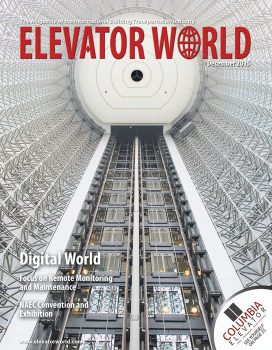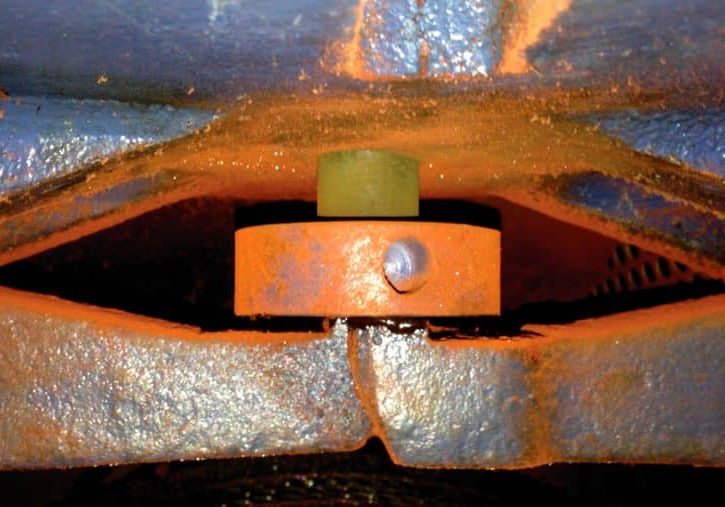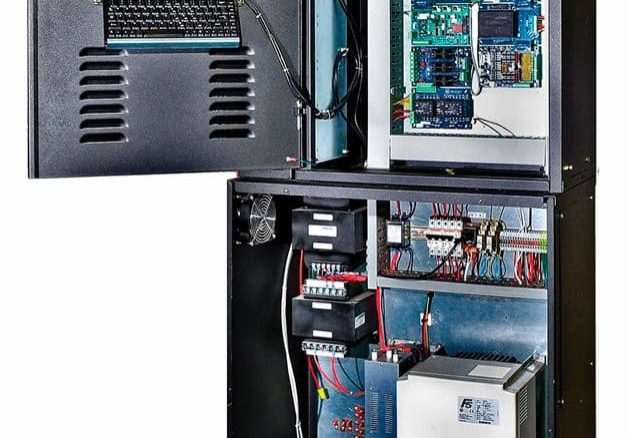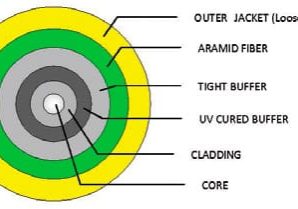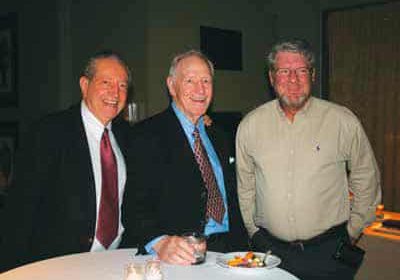Why No Matchbox Elevators?
Dec 1, 2015

Niche toy market is largely untapped.
We pulled up in a rental car, and Andrew asked, “Is that a Dodge Charger?” He was just being polite – he knew damn well the make and model of the car. Andrew is five years old.
Andrew can probably identify and name hundreds of cars, because he has hundreds of miniatures in his collection, as do many other children his age. His enthusiasm for automobiles, though slightly more emphatic than that of his peers, is not uncommon. Make something into a toy, and kids will learn. My son is almost three. His latest obsession is to run through the house strumming his chest or a toy ukulele, singing “I Wanna Hold Your Hand,” but he is also obsessed with his smaller assemblage of toy cars. When we left Andrew’s house, Andrew very politely offered my son his own small Dodge Charger; thus the collection grows.
It’s easy to pass on a passion for cars, but what is an elevator-loving parent to do? As Christmastime rolls around, the lack of elevator toys on the market weighs more heavily than ever. There are plenty of kids’ books that feature vertical transportation – Alligator in the Elevator, The Case of the Elevator Duck, Charlie and the Great Glass Elevator, The Elevator Family, Elevator Magic, The Ersatz Elevator and even scenes in classics like Babar (“This is not a toy, Mr. Elephant!”) and Eloise. When I was growing up, Kenner’s Star Wars Death Star Space Station featured a plastic elevator that allowed you to shuttle Luke, Leia, Han and Chewy among the different levels – the toy was a winner, something that guaranteed popularity among other second-graders. Mattel’s Barbie Dreamhouse, with its filigreed elevator running up the center of the three-story structure, offered kids a similar experience, but in shades of pink.
Today, you can find these items on eBay, sometimes for hundreds of dollars, although you can also buy the Death Star elevator as a standalone object for eight or nine bucks. Elevator World, Inc. used to sell a pretty nifty elevator Lego kit, but it was discontinued (and was probably a little too complicated for a five year old; when one looks through back issues of ELEVATOR WORLD that mention it, one gets the sneaking suspicion that most of the Lego elevator enthusiasts were adults). Today, if you want something your kid can touch and manipulate, it will probably be the elevator in the miniature garage where the toy cars are parked.
The Elevator World kit allowed you to design with various arrangements – overhead machine, underslung, corner post, basement drum, hydraulic, roped 1:1 or 2:1, counterweights attached in various places, etc., but it always looked like a stack of Legos. To make a kid like Andrew learn to love elevators, we need Matchbox elevators, Hot Wheels elevators, toys that celebrate the variety of models and designs on the market.
They would need to be a little bigger and more heavily engineered than toy cars – a shaft of a few floors, wiring and a battery to make it run – and with more focus on interiors. Where toy cars focus solely on design, toy elevators would explore variations in both design and engineering. The possibilities are limitless.
Three kinds of toy elevators would be especially exciting. Historical models could include Elisha Graves Otis’ platform at his Crystal Palace demonstration of 1854, Otis Tuft’s Vertical Screw Lift in the 1859 Fifth Avenue Hotel, beautiful cage elevators and paternosters, Art Deco models. A line of landmark models would feature the special elevator technologies inside the Washington Monument, the Eiffel Tower and the St. Louis Arch. Futuristic models would showcase models still in development, like maglev elevators and the various iterations of the space elevator.
How would we get these toys developed and into stores? Established toy companies probably would have little interest in an unproven market. Perhaps elevator firms could be encouraged to release toy versions of each of their new products in small runs, as publicity. Or students in toy-design programs could take on the challenge.
I am lucky to teach at the Fashion Institute of Technology in New York City, which has the top-ranked toy-design program in the world. One of these days, I will walk down the hall and see if I can drum up some interest. But, in the meantime, I welcome anyone to steal this idea and run with it.
One day, Andrew’s father took him to the supermarket, and pointed out a Tesla in the parking lot. The owner of the car heard the exchange and asked Andrew if he’d like to take a closer look. “No,” said Andrew, “I prefer Bentleys.” By the time my son is five, will he have learned to say, “No, I prefer the Hitachi VFI-II?” I hope so, but I’m not holding my breath.
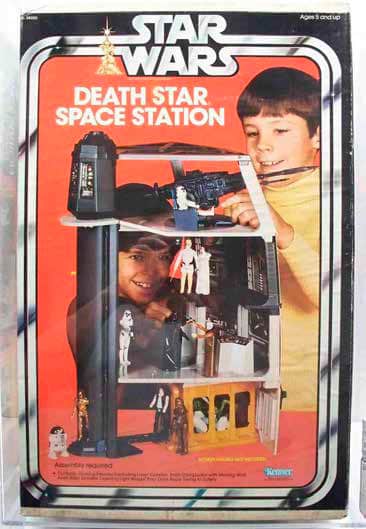
Get more of Elevator World. Sign up for our free e-newsletter.

